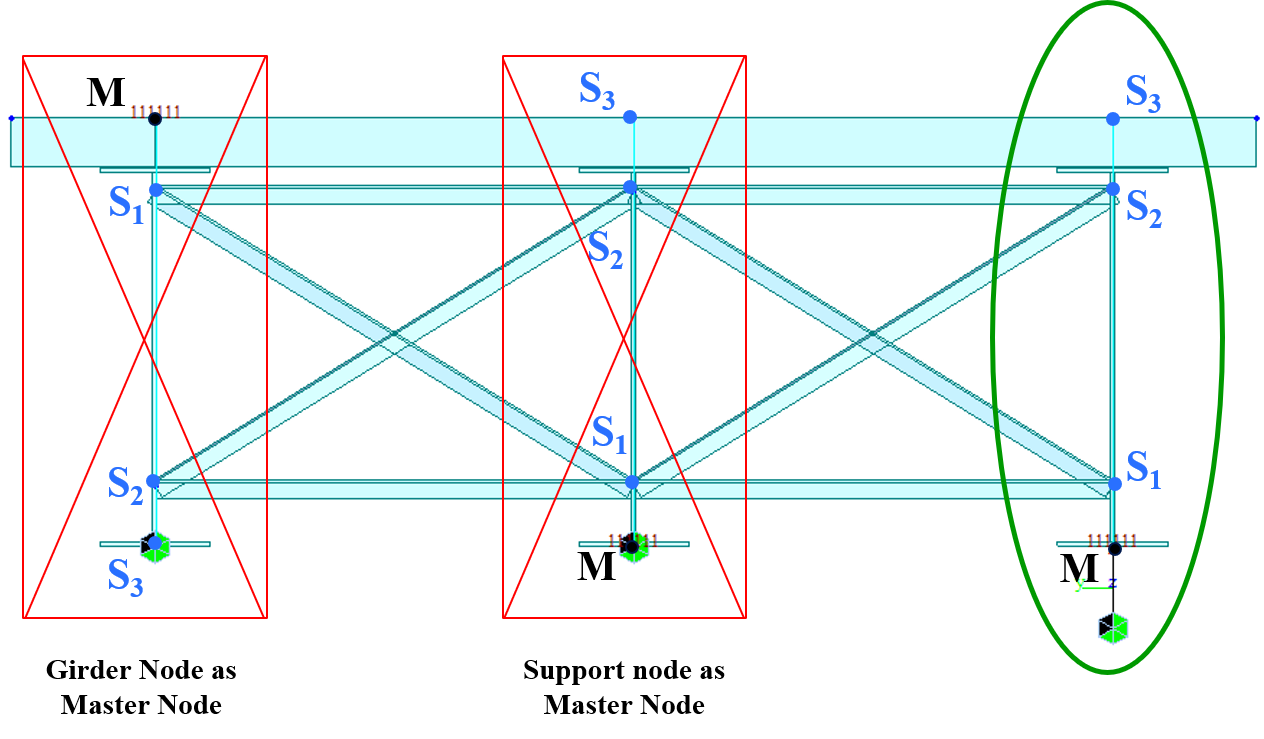


Then a number of network topologies are compared via computer simulations. To this end, a merged clustering measure is introduced. The motivation is to assess if it is more beneficial in terms of energy efficiency to group nodes according to the received SNR on the link between Primary User and node or according to the distance between nodes. presents an analysis of correlation based clustering procedure in cooperative spectrum sensing. We also show that there is a fixed power assignment that allows for a rate of Ω ( 1 / log log Δ ). Our method crucially depends on choosing the appropriate power assignment for the instance at hand, since without power control, only a trivial linear rate can be guaranteed. Surprisingly, this barely non-constant bound may be best possible, since we can show that there are MSTs that cannot be scheduled in fewer than Ω ( 1 / log ⁎ Δ ) slots. This is achieved using the natural minimum spanning tree. Namely, we show that a rate of Ω ( 1 / log ⁎ Δ ) is possible, where Δ is the length diversity (ratio between the furthest to the shortest distance between nodes). This compares with previous bounds that are logarithmic.

This holds even in arbitrary networks, under the physical model of interference. We show that the optimal rate is effectively a constant. What rate of computation can be maintained, by properly choosing the aggregation tree, the TDMA schedule of the tree edges, and the transmission powers? This can be viewed as the convergecast capacity of a wireless network. One of the most fundamental tasks in sensor networks is the computation of a (compressible) aggregation function of the input measurements. Alister Burr, in Inclusive Radio Communications for 5G and Beyond, 2021 5.2.4 Distributed sensingĭistributed sensing is quite specific form distributed algorithms.


 0 kommentar(er)
0 kommentar(er)
